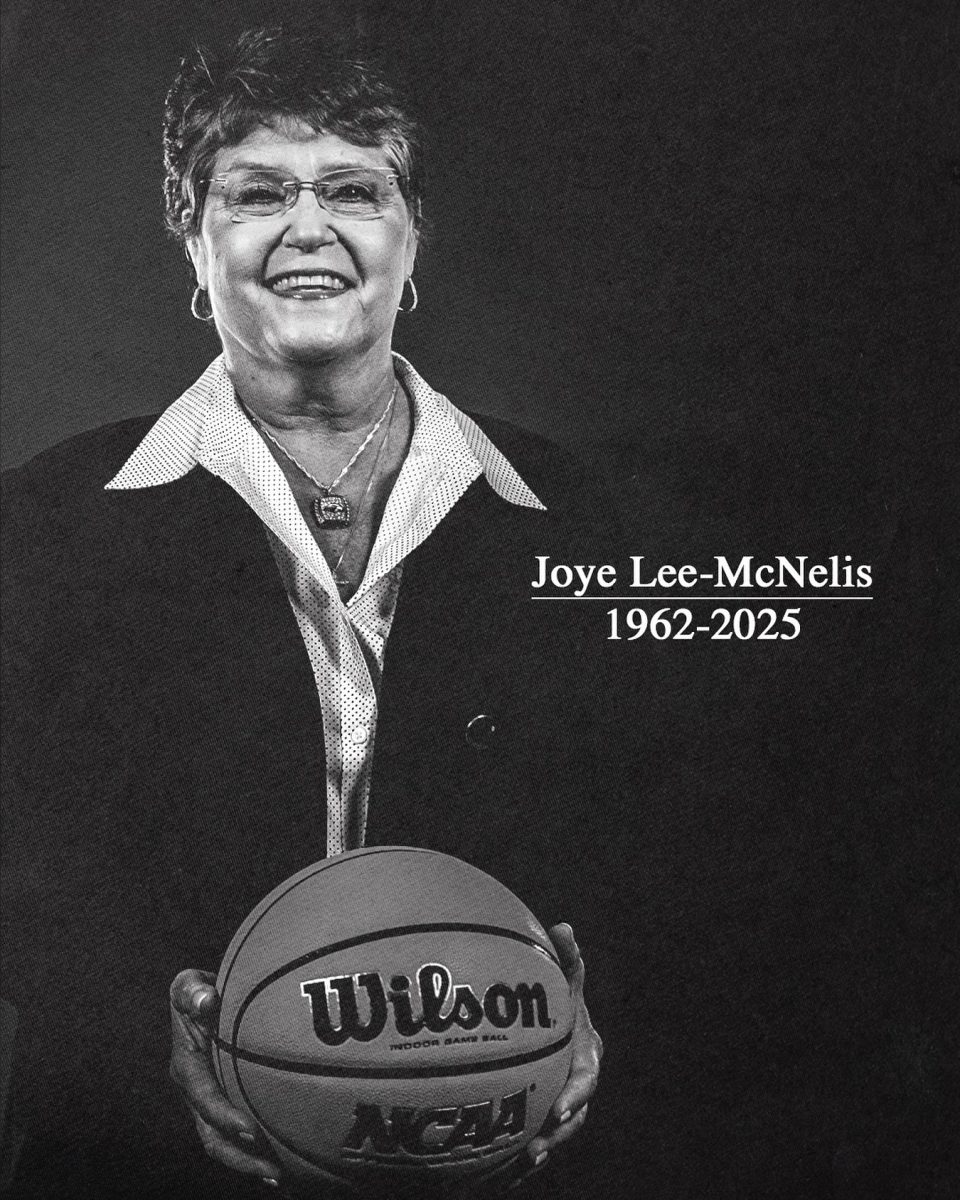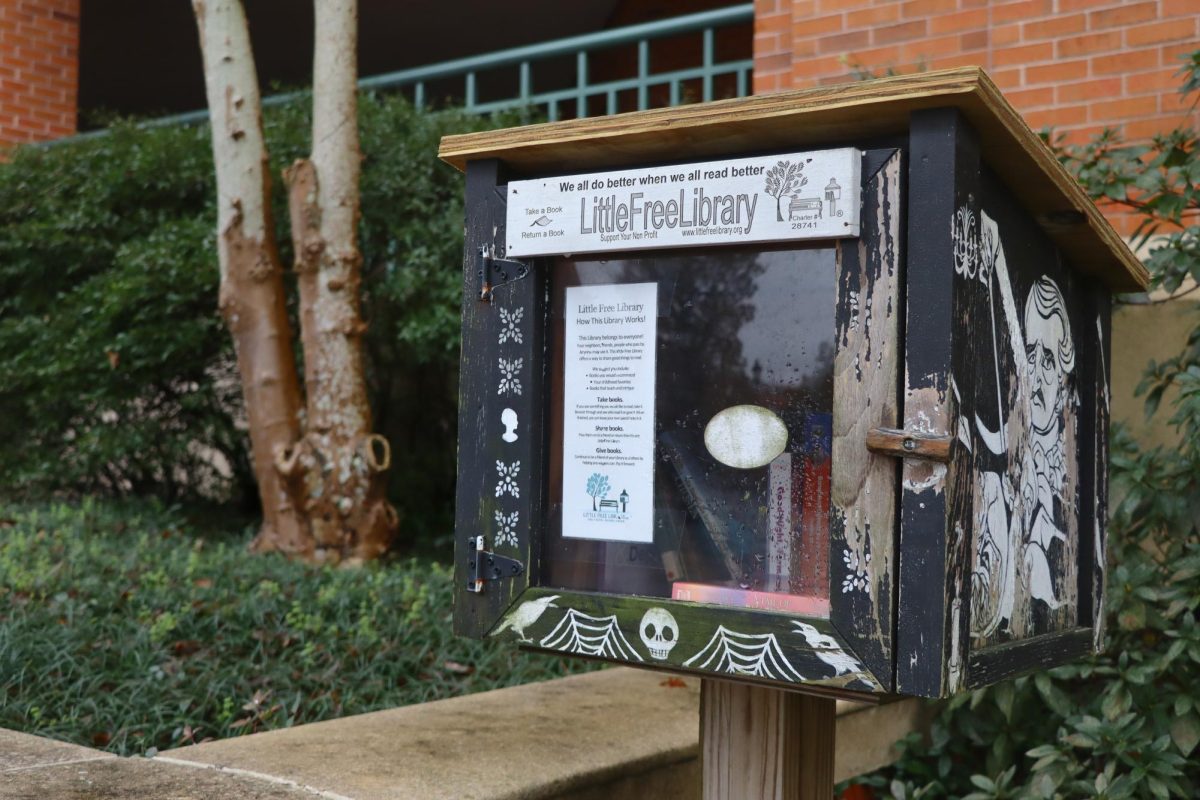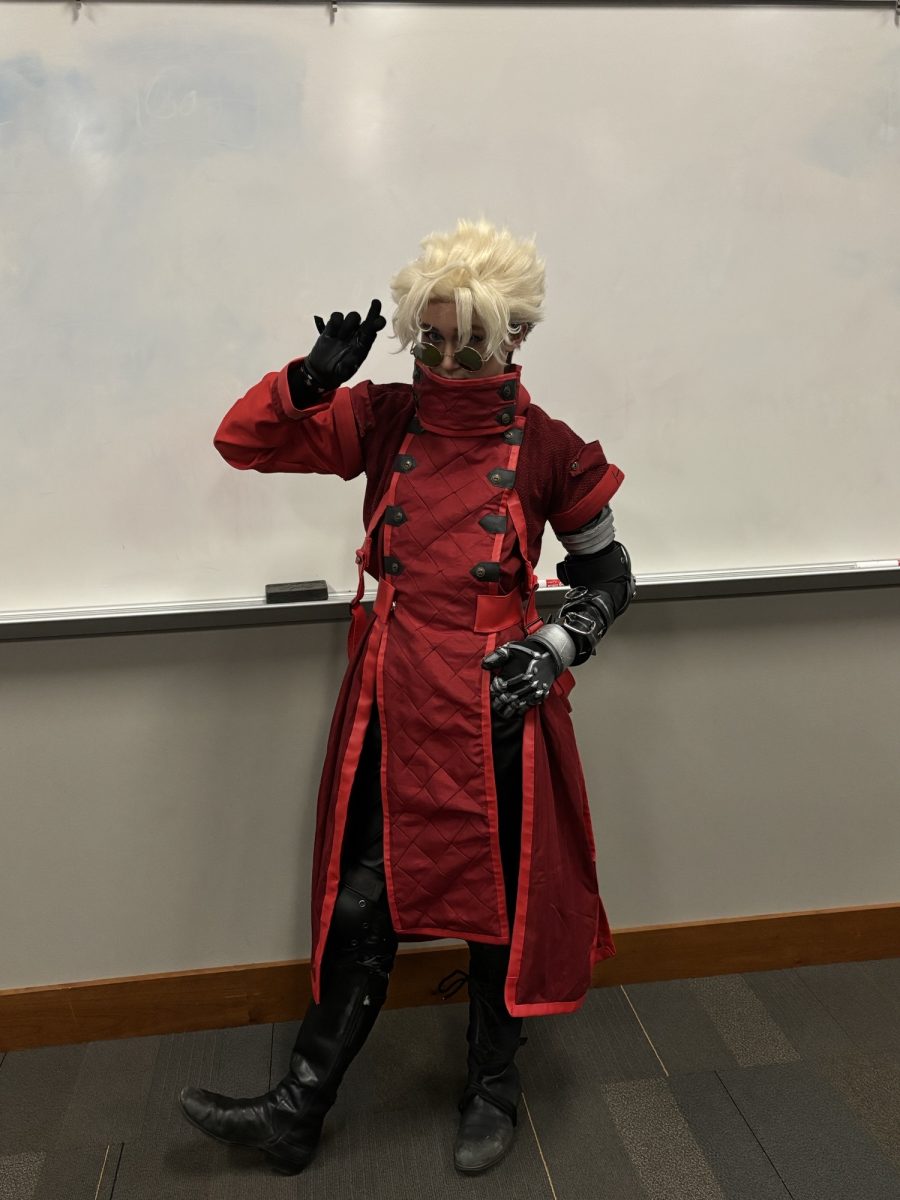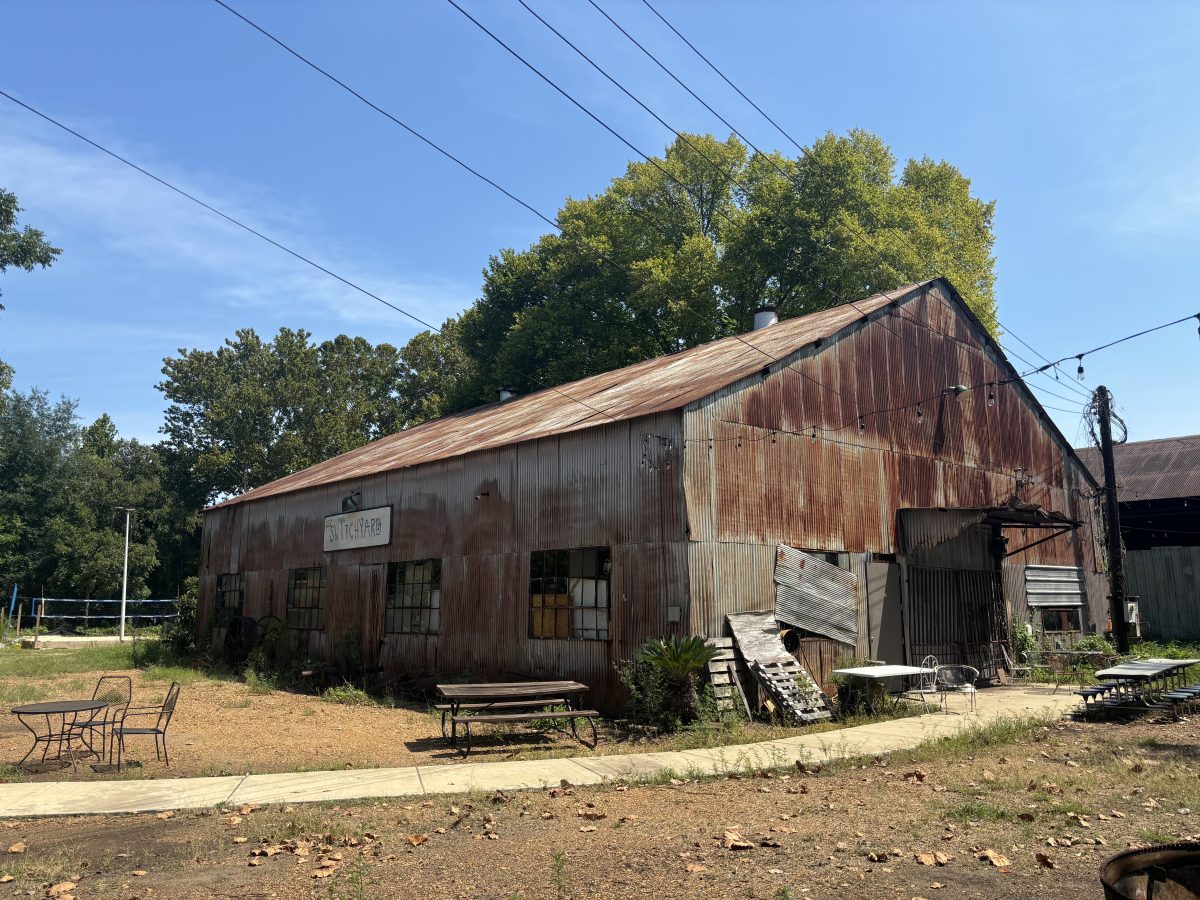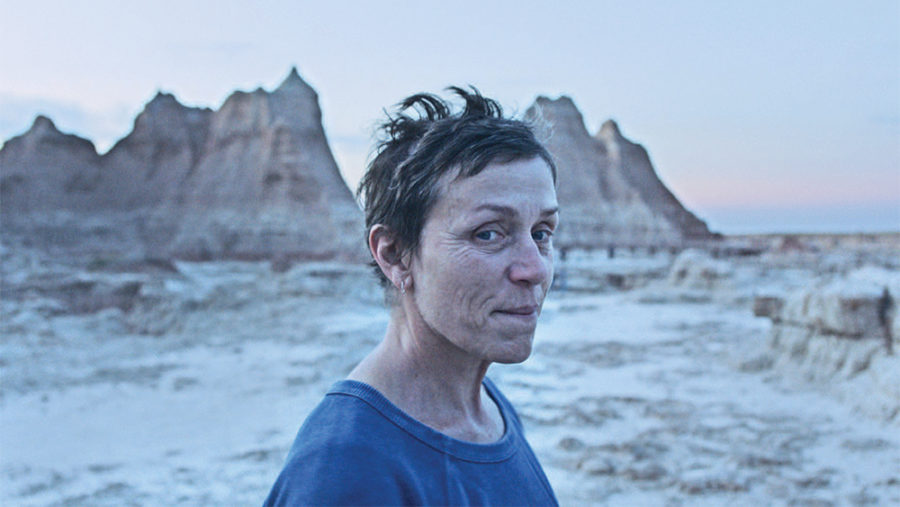Chloe Zhao’s ‘Nomadland’, released Feb. 19, is about moving. Moving from one town to the next, moving from past mistakes to a new future, and moving on from who we were to who we could be. A quiet, propulsive film that emulates the best of late-period Terence Malick, ‘Nomadland’ is a masterpiece about trying to find oneself on the road, and how the definition of “home” isn’t as grounded as we thought.
Zhao’s third film follows Fern, played by Frances McDormand, a 61-year-old nomad who has been traversing the Midwest for years. She initially lived in the small town of Empire, Nevada. But the town of Empire survived thanks to a US Gypsum plant, so when the plant shut down, the town disappeared. Instead of finding a new job and house, Fern decides to live in her van and search for seasonal work around the deserts of the Midwest.
Early on, Fern makes something quite clear about her lifestyle: “I’m not homeless. I’m just houseless.” Fern is lucky in that she has a support system willing to help and give her a home. Yet, she keeps moving, refusing to look back to ponder the life that could be. For most, this might be a baffling choice of action. But for Fern, this is the only way forward. Moving is a form of survival. It allows her to work past the loss of Empire and her husband of many years. Because she married right out of high school, Fern never knew a life without her husband. Now that he’s gone, it seems this is her way of trying to find one.
Zhao throws us right into Fern’s life with a sense of sensitive observation and a complete lack of judgement. Her daily chores are tedious and random. One day, she might have to worry about a flat tire. The next day, she’ll have to spend hours cleaning her car because of an ant infestation. She obviously doesn’t have a shower or restroom at her constant disposal, and yet she feels completely content with her small home on wheels. So, why does Fern live like this? Why is she so content with her life? The answer to this question is where Zhao’s film best shines.
‘Nomadland’ showcases blazing sunsets, endless deserts, and sky-high redwoods that shrink McDormand’s figure to that of an ant. Natural lighting and real locations take center stage. Nothing feels false. Nature overpowers and dazzles ‘Nomadland’, and Zhao’s frame, with its large, scope-like 2.39 aspect ratio, gladly takes in the vast expanse of the American Midwest. The film’s cinematography is almost painterly as it revels in the ideal of the American west without ignoring its reality. Much like the characters in the film, Zhao’s camera roams and soars through every scene, restlessly moving as if searching for something that can’t possibly be found.
In this sense, the timing of this film is remarkable. As we inch closer to the one year anniversary of COVID-19 — one year of worldwide shutdowns and government mandated quarantines — there is a growing, collective resentment over being stuck in one place. There’s a beauty to the open road that ‘Nomadland’ captures gorgeously, and in ways no other film seems to.
Most of the other characters showcased in ‘Nomadland’ are nonprofessional actors. They are real nomads that Zhao and her team found when exploring the Midwest. So it is surprising that these people are not young, adventure seeking 20-somethings. Rather, the people that surround Fern are well past their 60s. They are middle-America boomers and older blue-collar workers that lost their savings in the financial crash. They live in their cars because there were few other options available, and it was better to take to the road to search for work elsewhere. It is an important reminder that while some want to live like this, others have to.
A couple of the characters (or rather, people) that Zhao highlights are Swankie, a seasoned nomad, and Bob Wells, a sort of Santa Claus-like figure in the nomadic community. Though Wells’ story is a little more joyful, Swankie’s reveals a side to the nomadic lifestyle that is devastatingly poignant. Swankie reveals that she became a nomad because she found out she had cancer. She wants to see as much of America as she can before she passes, and it is a need many others can relate to.
Real people populate the film and color it with a much needed naturalism. McDormand, a major movie star in her own right, keeps any sense of celebrity at bay. Her chiseled cheeks and short mop of grey hair paints a picture of someone that’s seen more than one needs to in a lifetime. Low key and quiet, McDormand completely disappears into the film. There’s no melodrama. She understands that, although she’s the star of the picture, this isn’t her film.
The same could be said for McDormand’s romantic lead David Strathairn, the only other recognizable face in the film. Their chemistry sparks and charms, and creates a push and pull between Fern’s need to settle down and her need to keep moving.
‘Nomadland’ revels in the lives of van dwellers, including all of their ups and downs. It refuses to pass judgement on these nomads and decides, instead, to simply watch. This isn’t a picture about people who live without a house. Rather, ‘Nomadland’ is a film about people trying to find something bigger than that. And really, isn’t that what we all want?

